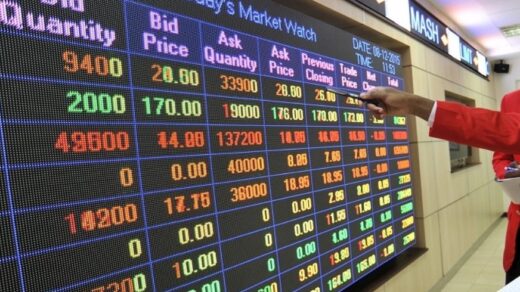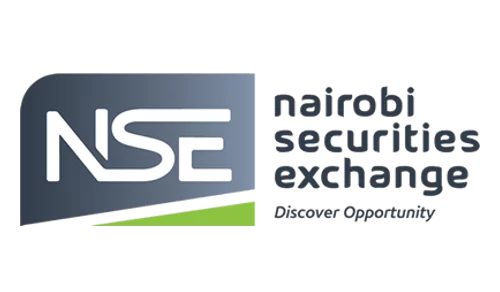In the dynamic landscape of Exchange Traded Funds (ETFs), the role of a listing exchange is pivotal in ensuring market integrity, transparency, and investor protection. As the gateway to the trading arena, listing exchanges play a multifaceted role in the oversight of ETFs.
First-Line Supervision and Surveillance:
A listing exchange serves as the primary line of defense in the supervision and surveillance of ETFs. This involves the continuous monitoring of market activities, ensuring compliance with regulatory standards, and promptly addressing any irregularities.
Information Gathering and Exchange:
To fulfill its oversight responsibilities, a listing exchange has the right to request information from the ETF issuer, its trustee, officers, or employees. This information is crucial for the exchange to carry out its legal duties and maintain a well-informed marketplace.
Supervisory Requests and Actions:
Any supervisory request or action initiated by a listing exchange is conducted through formal communication. Written requests are the standard, ensuring clarity and providing a documented trail of exchanges. In exceptional cases, an oral demand may be made, but it is promptly confirmed in writing for transparency.
Submission of Listing and Trading Rules:
A listing exchange plays an instrumental role in shaping the regulatory framework for ETFs. It submits listing and trading rules to the Capital Markets Authority (CMA) for approval. These rules form the basis for the operational framework within which ETFs are traded on the exchange.
Ensuring Regulatory Compliance:
The listing exchange acts as a gatekeeper, ensuring that ETF issuers adhere to established regulatory standards. By upholding these standards, the exchange contributes to a market environment that is fair, transparent, and aligned with investor protection principles.
Market Surveillance for ETFs:
With the surge in popularity of ETFs, market surveillance becomes paramount. The listing exchange employs sophisticated surveillance mechanisms to detect and deter any market manipulation, insider trading, or other activities that may compromise market integrity.
Facilitating ETF Issuer-Exchange Interaction:
The listing exchange fosters an environment of collaboration and communication between ETF issuers and the exchange. This interaction is essential for addressing any emerging issues, facilitating a smooth listing process, and ensuring ongoing compliance.
Innovation and Market Development:
Listing exchanges actively contribute to the innovation and development of the ETF market. By introducing new products, trading mechanisms, or market structures, exchanges enhance the attractiveness and efficiency of the ETF marketplace.
Investor Confidence and Protection:
By upholding stringent listing standards and monitoring ongoing compliance, listing exchanges play a crucial role in fostering investor confidence. This, in turn, contributes to the overall protection of investors participating in ETFs.
Adaptation to Evolving Market Dynamics:
In the fast-paced financial landscape, listing exchanges must adapt to evolving market dynamics. This includes staying abreast of technological advancements, regulatory changes, and global market trends to ensure the resilience and relevance of the ETF marketplace.
Conclusion
In conclusion, the role of a listing exchange extends beyond being a mere platform for trading. It is a guardian of market integrity, an enforcer of regulatory standards, and a catalyst for market innovation. As ETFs continue to evolve and carve a more significant niche in investment portfolios, the role of listing exchanges remains instrumental in shaping a vibrant, transparent, and investor-friendly marketplace.




